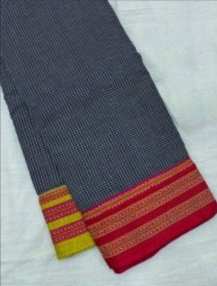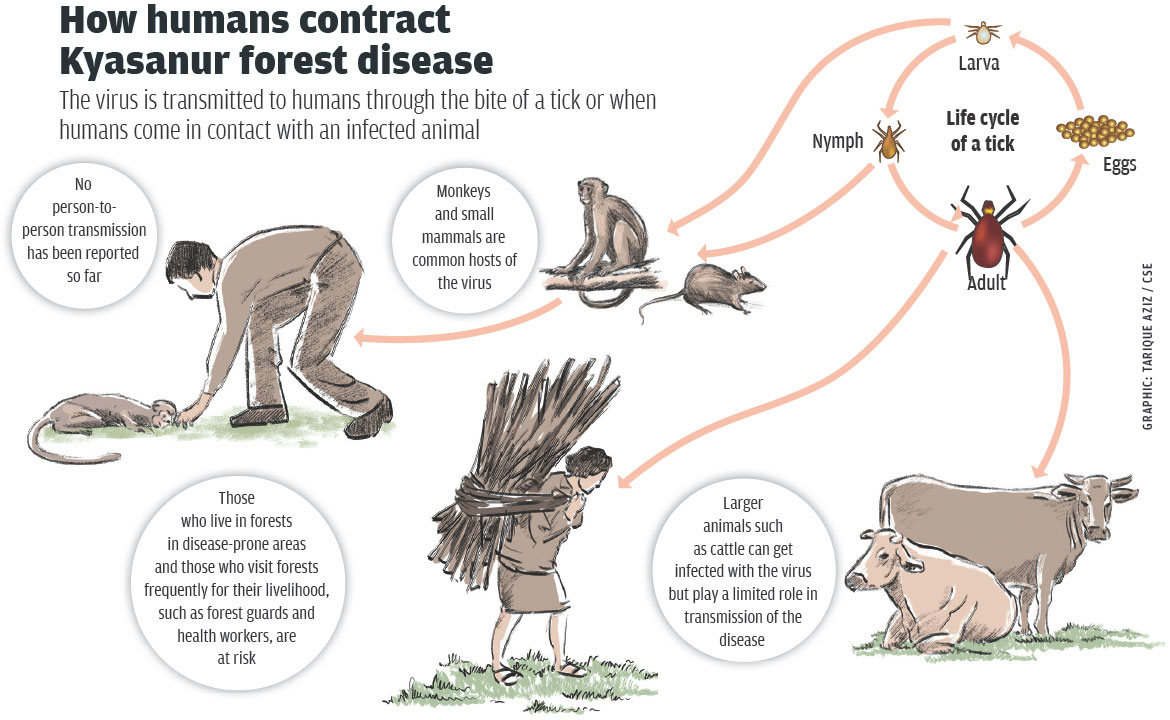GI Tag for North Karnataka's Striped Fringe Sarees (Patteda Tharana)
Key Highlights:
- Saree Name: Patteda Tharana
- Region: North Karnataka
- Recognition: Received Geographical Indication (GI) Tag
- Significance: Symbol of North Karnataka’s handloom heritage
About the Saree:
- Known for striped borders, bright colors, and unique design
- Traditionally handwoven and culturally significant
Institutional Support:
- Recipient of GI Tag: Gajendragad Weavers Cooperative Producers Association
- GI Tag Facilitators:
- Visvesvaraya Trade Promotion Centre (VTPC): Karnataka’s GI nodal agency
- Ramaiah College of Law – Center for Intellectual Property Rights (RCIPR): Technical collaboration
Importance of GI Tag:
- Protects and promotes traditional textile craftsmanship
- Encourages local weavers and rural artisans
- Helps preserve Karnataka’s cultural and textile heritage
- Increases market value and identity of the saree
Ancient Sculpture Discovery at Ankandapur, Mandya District
Key Highlights:
- Location: Ankandapur village, Talakadu region, Mandya district, Karnataka.
- Discovery: Several ancient sculptures from the Chola period have been unearthed.
- Context: Sculptures were discovered during land development and leveling works.
Details of the Finding:
- Found by Raita Pandit Nanjundayya on his farm.
- Sculptures were buried under 8 feet of soil.
- Likely to belong to early Chola period, showing artistic and historical value.
- Inscriptions and stone idols found, indicating religious and cultural significance.
Expert Insights:
- Local researchers and archaeology enthusiasts believe the area may have historical importance.
- Further archaeological investigation is being recommended.
Chola Dynasty (8th–13th Century AD)
Overview
- Rose to power in the 9th century by defeating the Pallavas.
- Peak under Rajaraja Chola and Rajendra Chola.
- Decline began with the rise of the Pandyas.
- Vijayalaya Chola: Founder; captured Tanjore.
Architecture
- Followed Dravidian style.
- Brihadeshwara Temple
- Rajarajeshwara Temple
- Gangaikonda Cholapuram
- Famous for bronze sculptures.
- Iconic: Nataraja (Shiva in Tandava pose).
Bellary Thermal Power Station (BTPS)
Location:
- BTPS near Kuditini, Bellary Taluk, Karnataka
Issue:
- Technical fault in the 700 MW unit at BTPS.
- Leak detected in the tube of the plant 3 days ago.
- Power generation halted in this unit for 2 days.
BTPS Capacity:
- Total: 1700 MW
- 2 units of 500 MW
- 1 unit of 700 MW (affected unit)
Reason for Delay in Repair:
- High temperature due to summer → unsafe for immediate repair.
- Repair work will start after cooling down of the unit.
Major Thermal Power Stations in Karnataka
- Raichur Thermal Power Station (RTPS) : Location Raichur, Capacity: 1720 MW
- Bellary Thermal Power Station (BTPS):Location Bellary, Capacity1700 MW
- Yermarus Thermal Power Station (YTPS):Location Raichur,Capacity: 1600 MW
Kudgi Super Thermal Power Station:Location Vijayapura (Bijapur) Capacity: 2400 MW
Karnataka Gig Workers Bill, 2024
Context:
To protect digital platform-based gig workers, Karnataka cleared a bill ensuring social security and welfare benefits.
Key Features:
- Welfare Fund:
Funded by 1–5% welfare fee on each transaction via aggregators. - Gig Workers’ Welfare Board:
- Registers workers
- Collects welfare fee
- Implements welfare schemes
- Mandatory Registration:
Aggregators must share worker data within 45 days of the Act’s start. - PWFVS System:
Ensures transparent payment & welfare fee tracking at individual level. - Job Protection:
No termination without written reason + 14-day notice (except serious harm cases).
Safe Working Conditions:
Must provide rest, sanitation, and risk-free work environments.
Kyasanur Forest Disease (KFD)
Context:
KFD (Monkey Fever) cases in Karnataka have reached 150, with 2 deaths, especially in Shivamogga and Chikkamagaluru.
About KFD:
- Viral hemorrhagic fever caused by KFD virus (Flaviviridae family)
- Discovered in 1957, Kyasanur forest, Karnataka
- Transmitted via bite of infected hard ticks (mainly Haemaphysalis spinigera)
- Humans are incidental hosts; no person-to-person spread
Symptoms:
- Incubation: 3–8 days
- First Phase: High fever, headache, body pain, vomiting, bleeding (gums, nose)
- Second Phase (10–20%): Neurological issues – tremors, seizures, mental confusion
- Recovery: Weeks; 3–5% fatality rate
Diagnosis & Treatment:
- Tests: PCR, virus isolation, antibody detection
- No antiviral treatment; supportive care only







